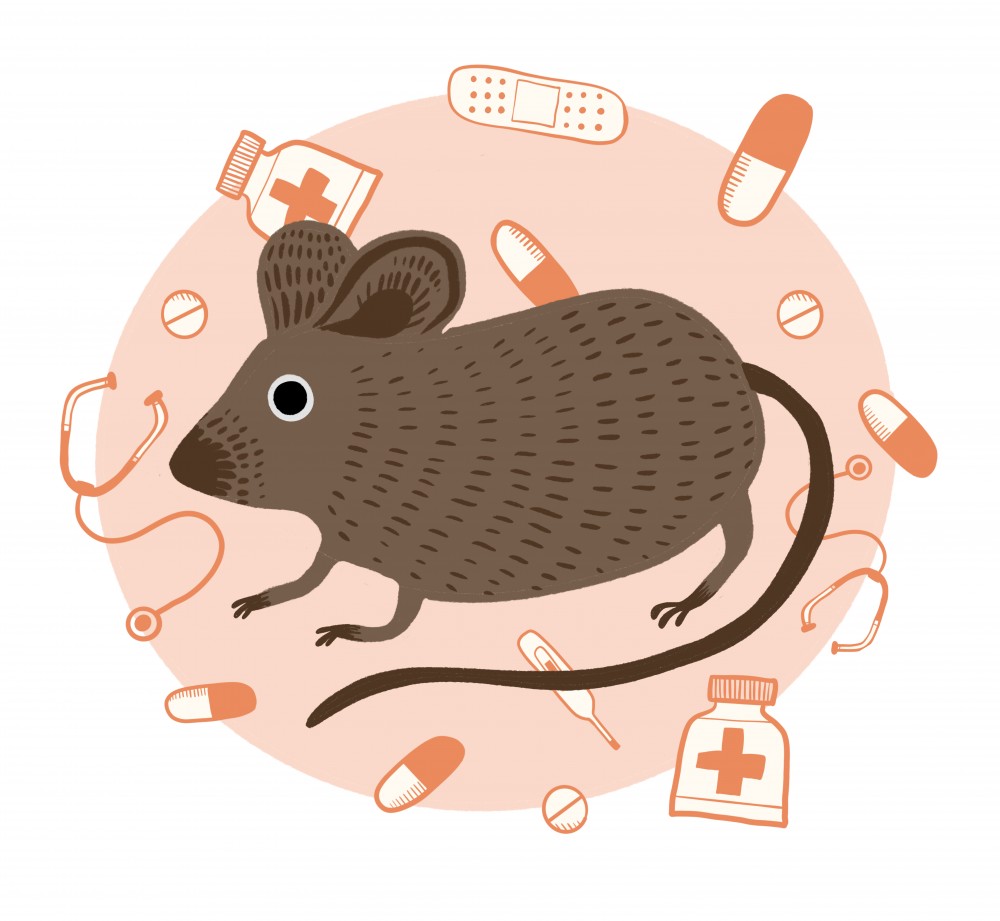Earlier this month, University of Minnesota researchers found a new relationship between mice and humans that could possibly lead to an anti-obesity drug.
This discovery, which was found using rodent models, could impact multiple metabolic disorders including obesity and diabetes. Now researchers will work on translating their findings and using the information to further their research.
The research is led by Alessandro Bartolomucci, a professor in the Department of Integrative Biology and Physiology, and includes Yuk Sham, an assistant professor in the same department and research associate Bhavani Sahu.
“It opens up a completely new idea that we can explore,” Bartolomucci said.
In their lab, the researchers replicated what evolution achieved in millions of years. Researchers identified an evolved adaptation that breaks down fat in rodents. Using in vitro methods which involve test tubes, they tried to replicate this adaptation so it is applicable to humans.
Now the researchers are trying to make a drug-like compound that would break down fat cells in people.
The research team first began this work in 2006 when they discovered the neuropeptide, TLQP-21. Its receptor, complement 3a receptor1, broke down fat in rodents when activated, Bartolomucci said.
“This mutation was more adaptive for rodents because they’re [small] mammals,” Bartolomucci said.
Small mammals require more energy to create heat, which helps them break down their fat.
This led them to begin testing the mouse peptide’s relationship with the human receptor, which showed a similar fat break down. He said the majority of their work has been on fat cells, called adipocytes, linked to metabolic disorders like obesity.
“The more you are obese, the more you express the receptor for this peptide and the less you express other receptors,” Bartolomucci said. “This is consistent between humans and mice.”
His research team’s goal is to make the system they developed more relevant and translational to humans.
“Sometimes you get the feeling as an experimental biological scientist that you get lost in translation,” Bartolomucci said about comparing the findings in mice to humans. “You don’t want to study something that is only relevant for mice.”
With this discovery in humans, they’ll be able to move forward with their research.
“Now we have the tools to understand the differences between the studies and the different species,” he said.
Sahu, who recently moved to India to start his own research lab, designed experiments and analyzed data for this research, he said in an email to the Minnesota Daily.
“Fundamental research is very important to understand the causes for various diseases,” Sahu said in the email. “These studies are important as it can pave [the] way towards understanding basic aspects contributing towards obesity.”
Third-year graduate student, Pedro Rodriguez, worked on in vitro experiments alongside Bartolomucci.
“We’ve shown that there’s a potential for translating these findings into humans and hopefully trying to find a treatment we can use in our society,” he said.
Second-year graduate student, Megin Nguyen, worked with Sham on the computational parts of the research.
“We did the [evolutionary] studies on the 47 different mammalian species to see if there was a pattern there,” she said, which they found in mice.
Only a couple of U.S. Food and Drug Administration-approved drugs to target obesity exist, Nguyen said. However, none of the other drugs target their new findings on the peptide and receptor relationship.
“If this goes further on, there’s a lot of potential for it to be, maybe one day, a really good drug for obesity,” she said.
















